This two legged robot could change how search and rescue operations are handled, with the ablity to enter areas too dangerous for humans.
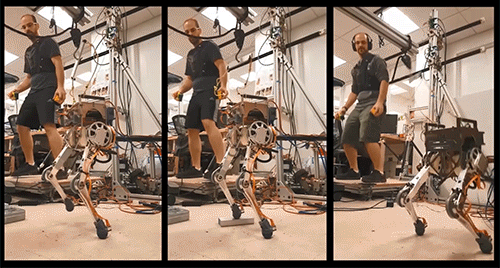


AMOLF researchers and their collaborators from the Advanced Science Research Center (ASRC/CUNY) in New York have created a nanostructured surface capable of performing on-the-fly mathematical operations on an input image. This discovery could boost the speed of existing imaging processing techniques and lower energy usage. The work enables ultrafast object detection and augmented reality applications. The researchers publish their results today in the journal Nano Letters.
Image processing is at the core of several rapidly growing technologies, such as augmented reality, autonomous driving and more general object recognition. But how does a computer find and recognize an object? The initial step is to understand where its boundaries are, hence edge detection in an image becomes the starting point for image recognition. Edge detection is typically performed digitally using integrated electronic circuits implying fundamental speed limitations and high energy consumption, or in an analog fashion which requires bulky optics.
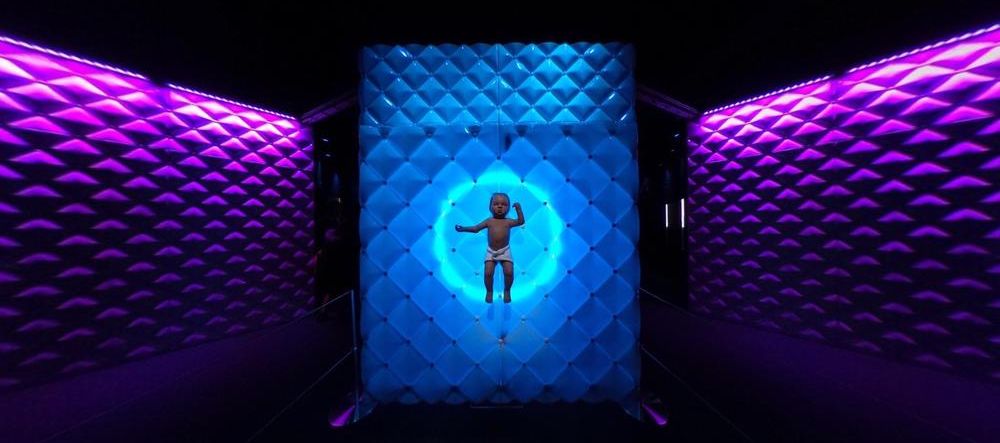
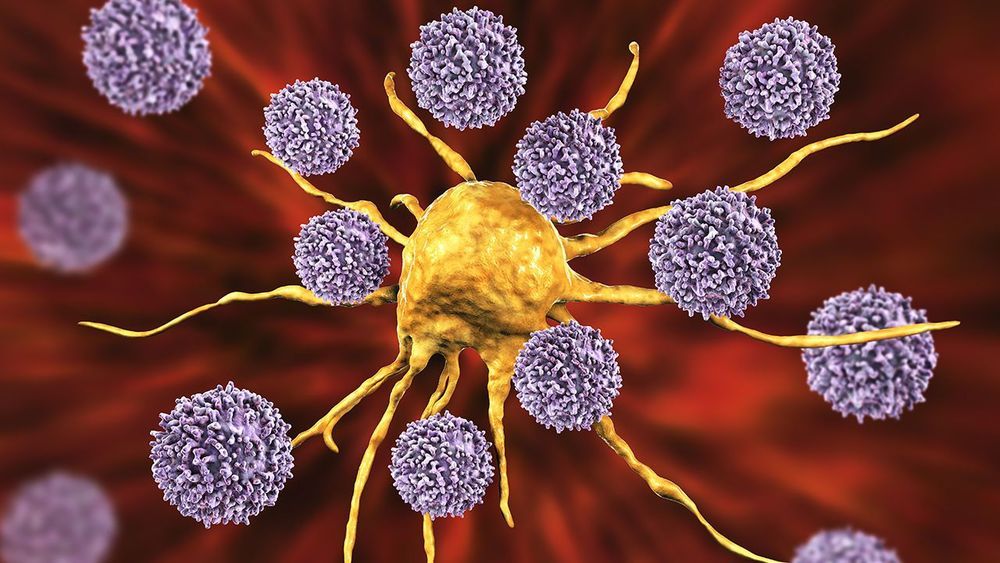
Superhydrophobic materials, which are excellent at repelling water, can be extremely useful for a whole range of reasons, both obvious and not-so-obvious. They can prevent ice from building up on surfaces, make electronics waterproof, make ships more efficient or keep people from peeing in public. Now engineers have found a quirky new use for superhydrophobic materials – making “unsinkable” metals that stay floating even when punctured.
Superhydrophobic materials get their water-repelling properties by trapping air in complex surfaces. These air bubbles make it hard for water to stick, so droplets instead bounce or roll right off. But, of course, air also makes things buoyant, so the team set out to test how superhydrophobic materials could be used to make objects that float better.
The researchers used ultra-fast laser pulses to etch microscale and nanoscale patterns onto the surfaces. That traps large volumes of air, making the metals both superhydrophobic and buoyant. But the problem was that these complex surfaces would eventually wear away due to friction in the water, reducing the effectiveness of both of those properties.
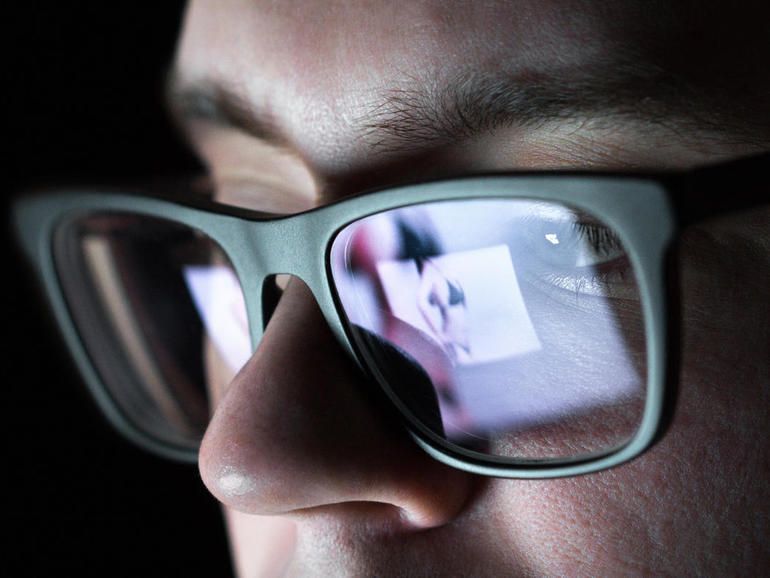
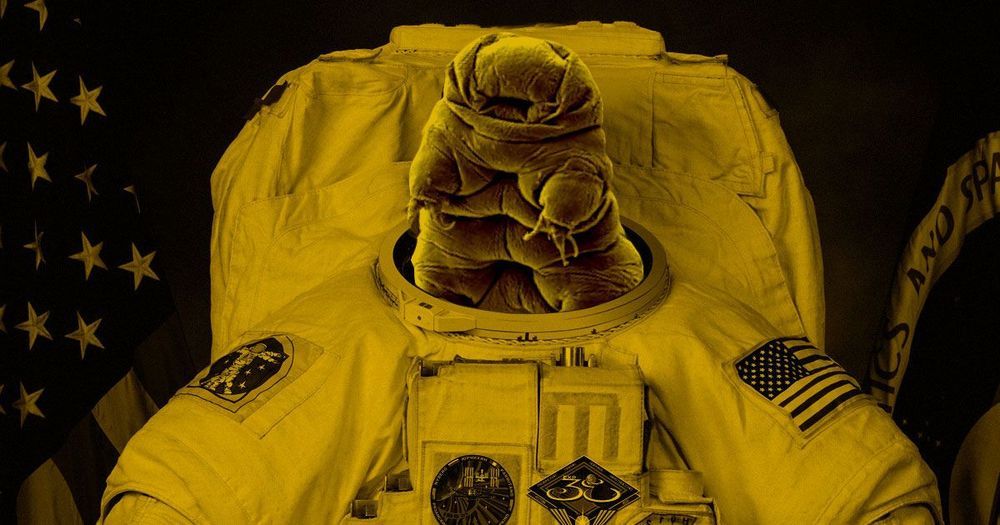


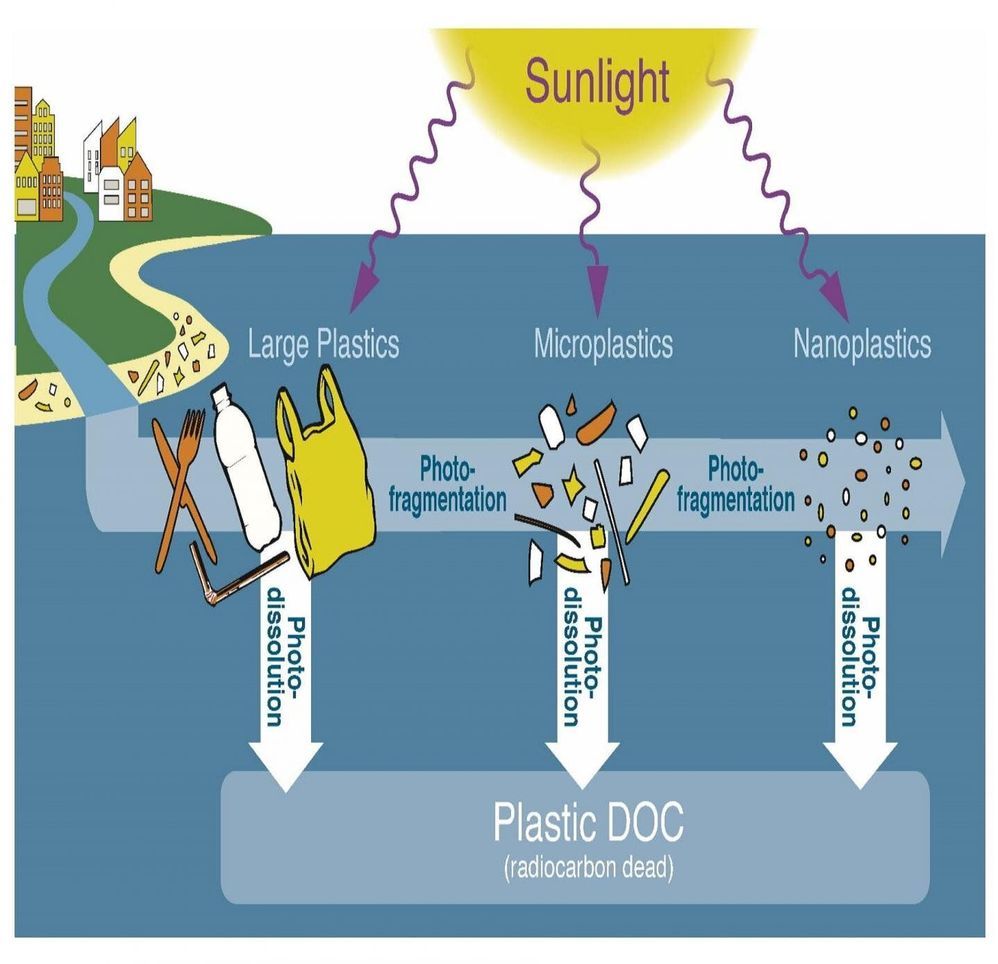
Trillions of plastic fragments are afloat at sea, which cause large “garbage patches” to form in rotating ocean currents called subtropical gyres. As a result, impacts on ocean life are increasing and affecting organisms from large mammals to bacteria at the base of the ocean food web. Despite this immense accumulation of plastics at sea, it only accounts for 1 to 2 percent of plastic debris inputs to the ocean. The fate of this missing plastic and its impact on marine life remains largely unknown.
It appears that sunlight-driven photoreactions could be an important sink of buoyant plastics at sea. Sunlight also may have a role in reducing plastics to sizes below those captured by oceanic studies. This theory could partly explain how more than 98 percent of the plastics entering the oceans go missing every year. However, direct, experimental evidence for the photochemical degradation of marine plastics remains rare.
A team of scientists from Florida Atlantic University’s Harbor Branch Oceanographic Institute, East China Normal University and Northeastern University conducted a unique study to help elucidate the mystery of missing plastic fragments at sea. Their work provides novel insight regarding the removal mechanisms and potential lifetimes of a select few microplastics.